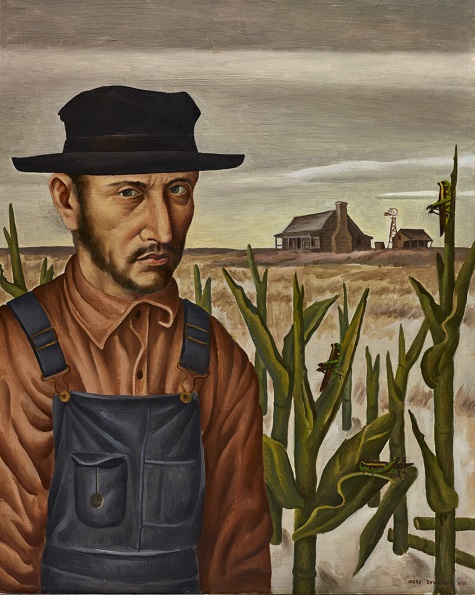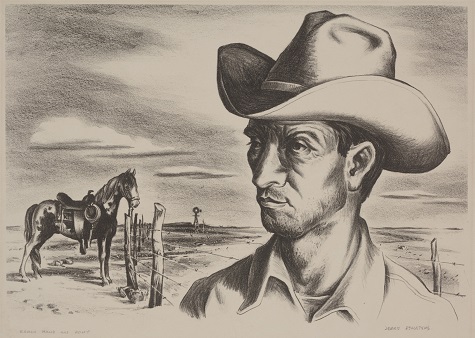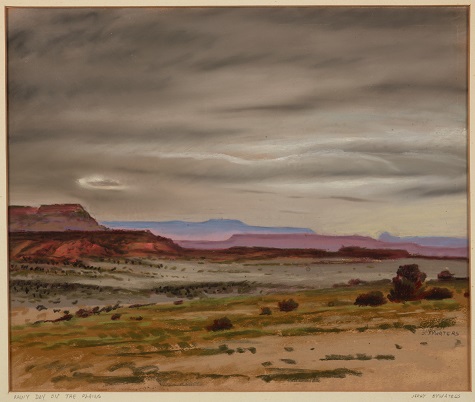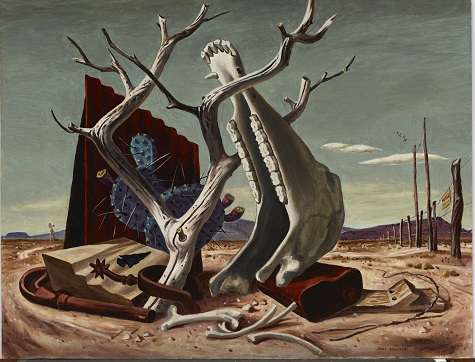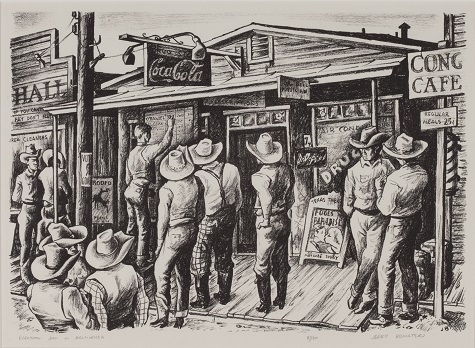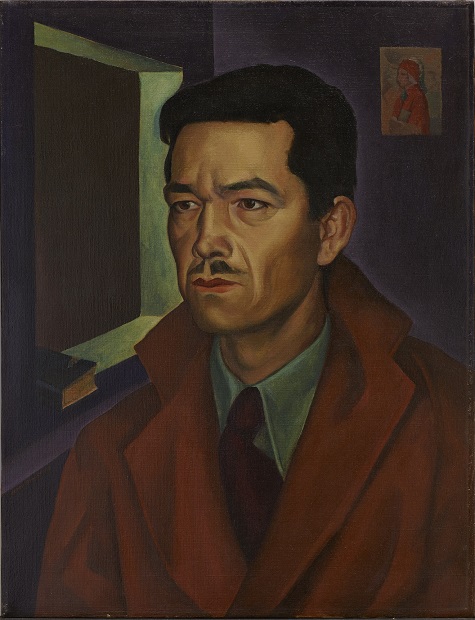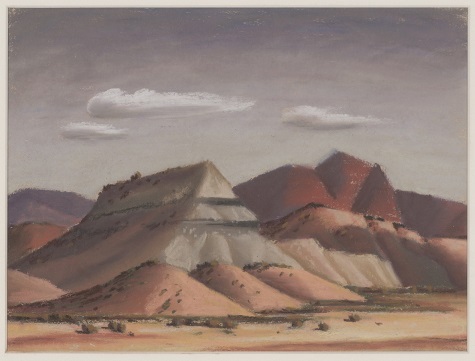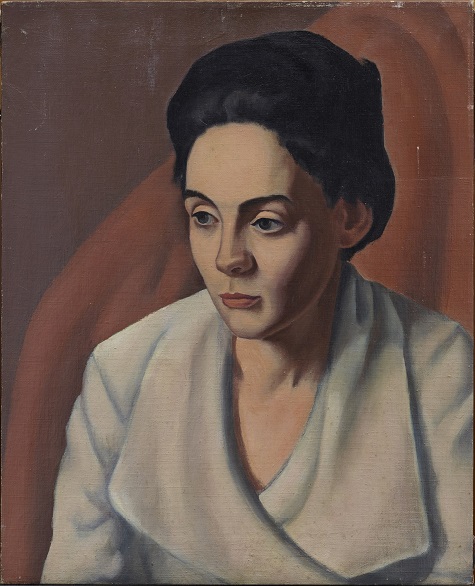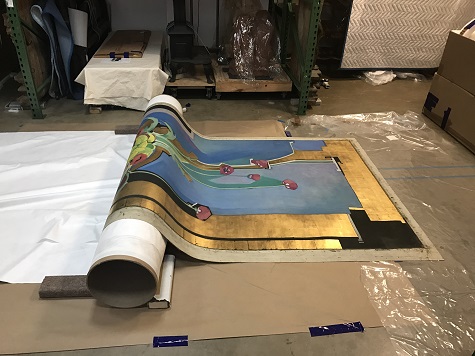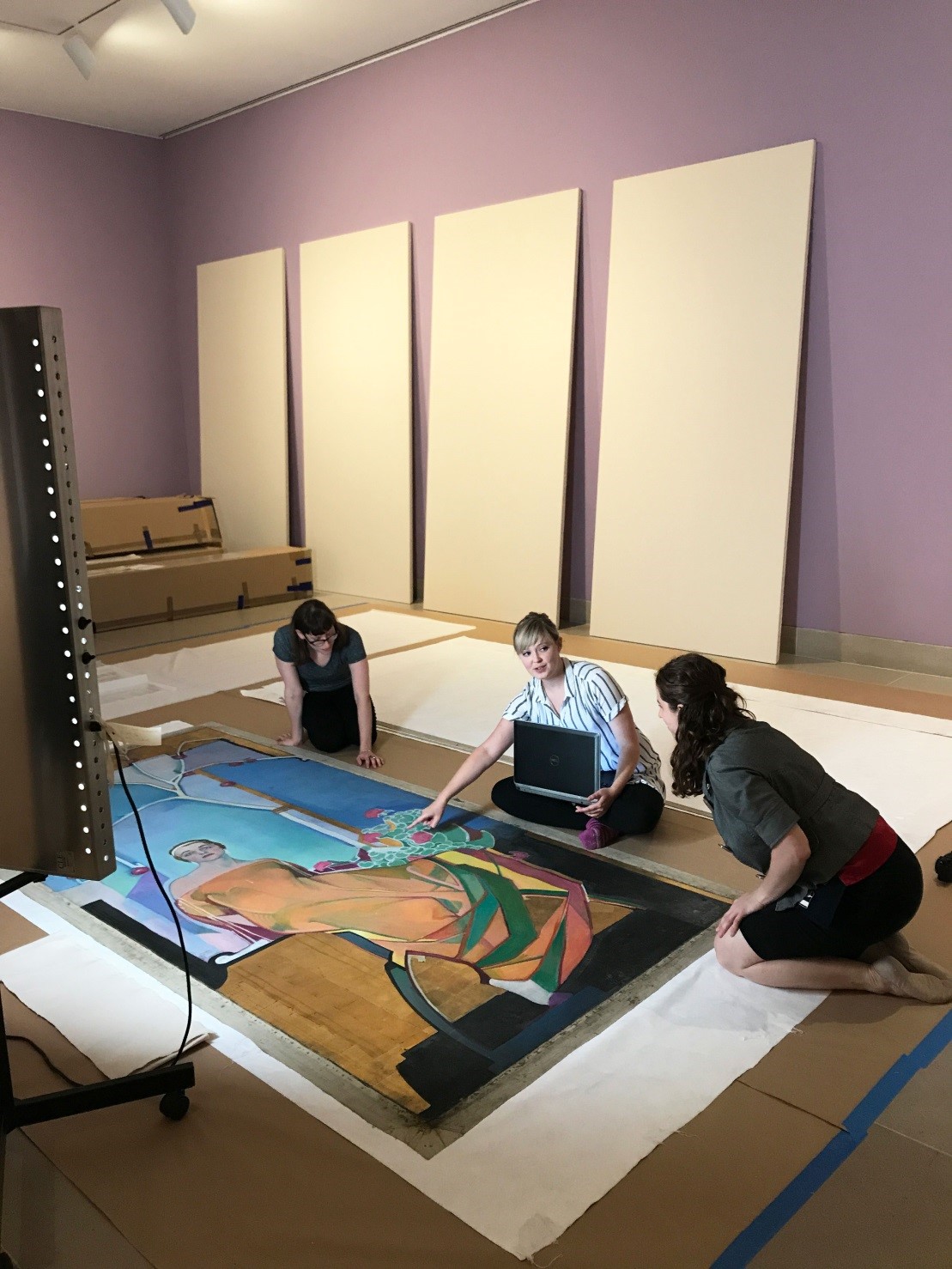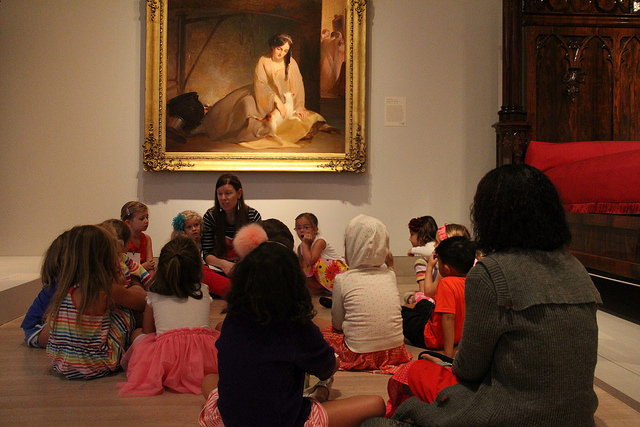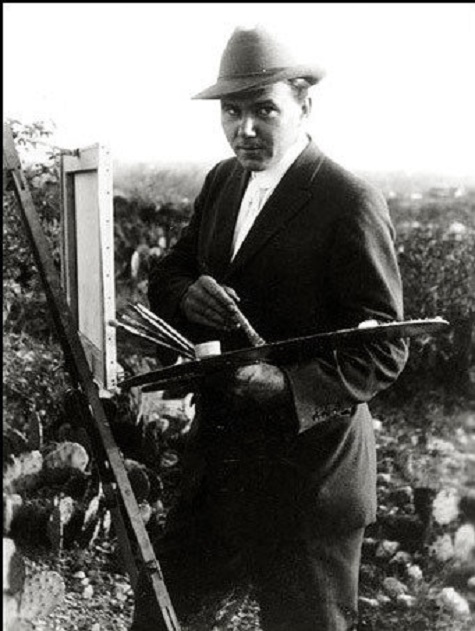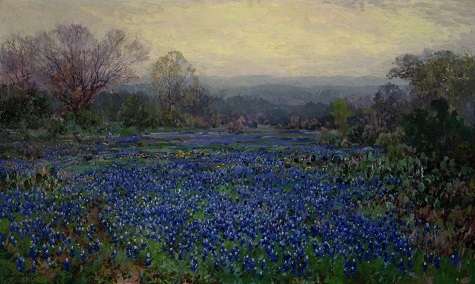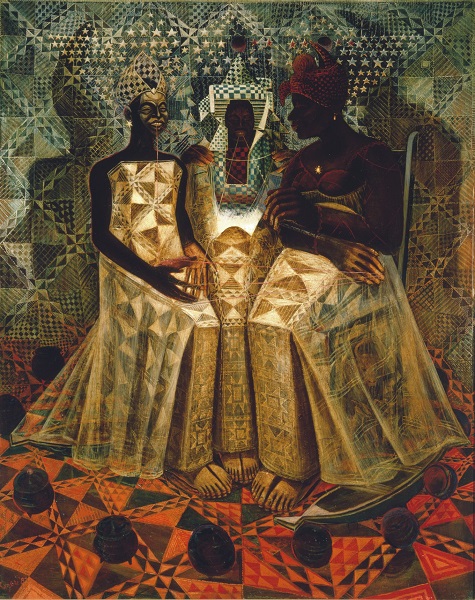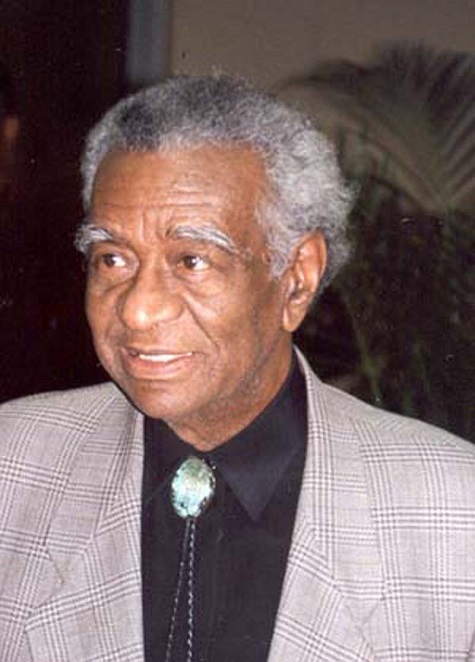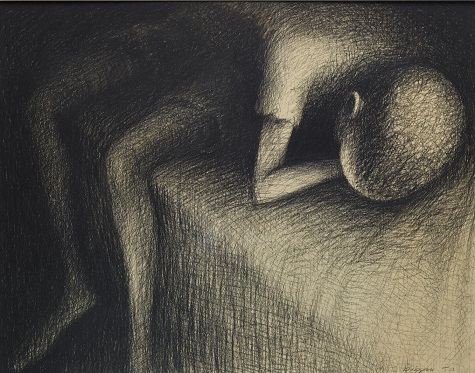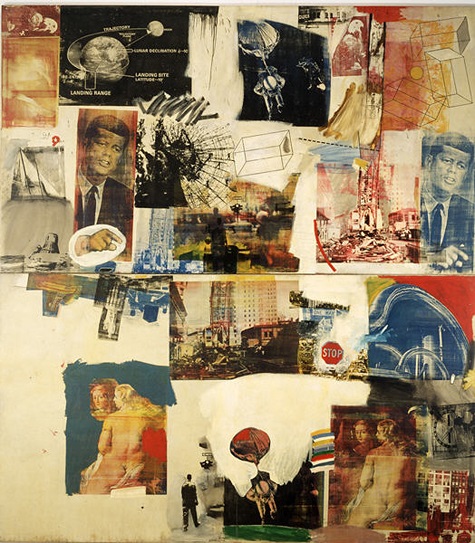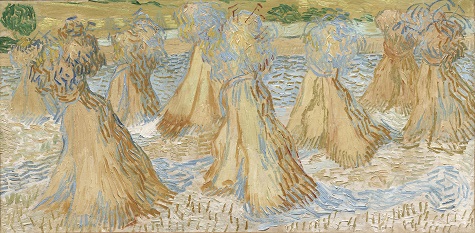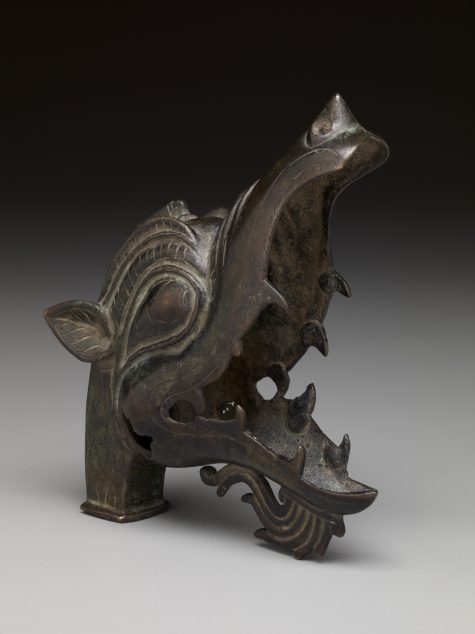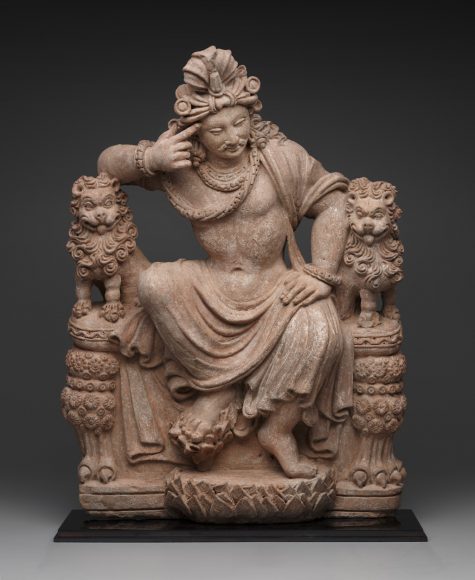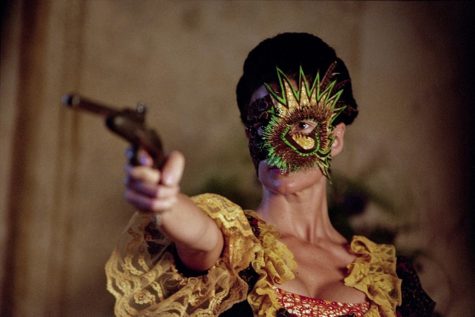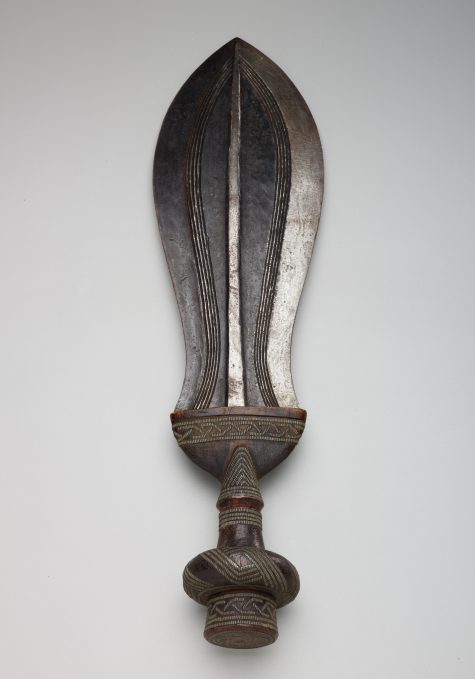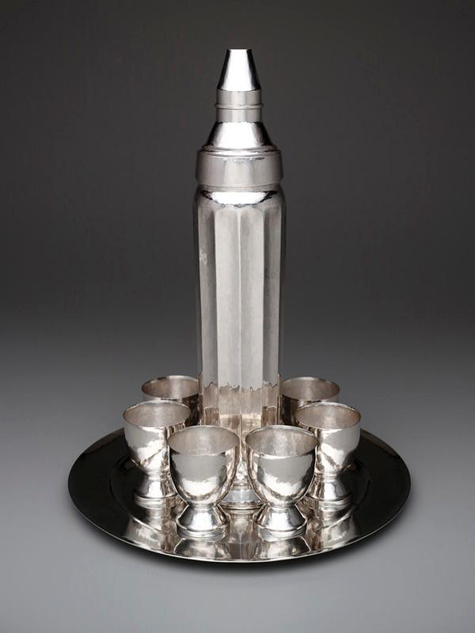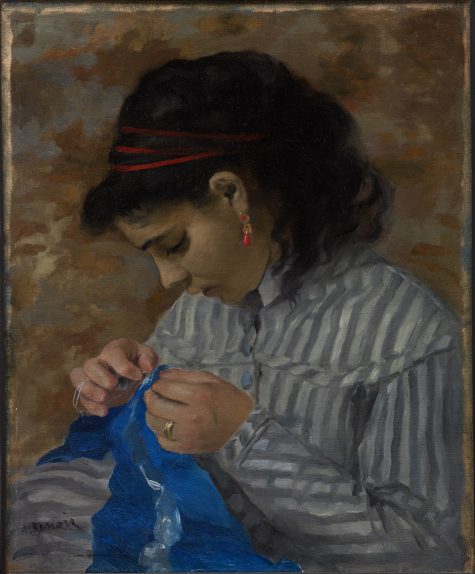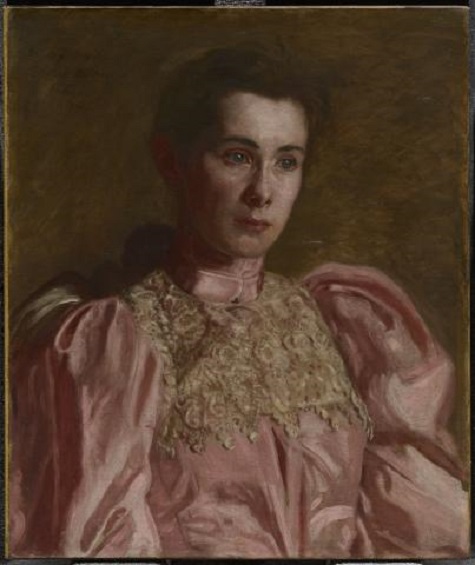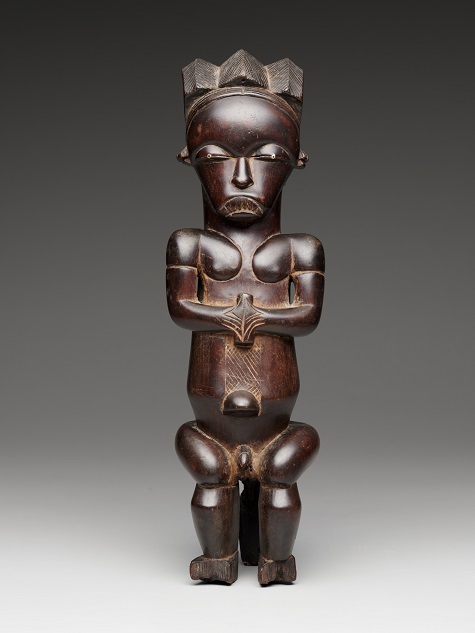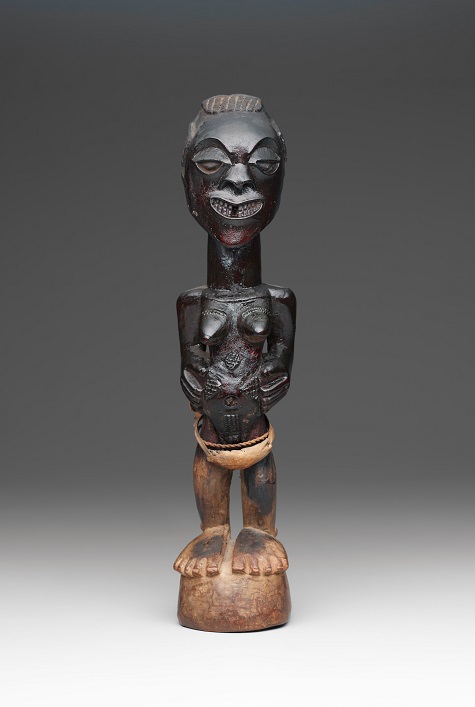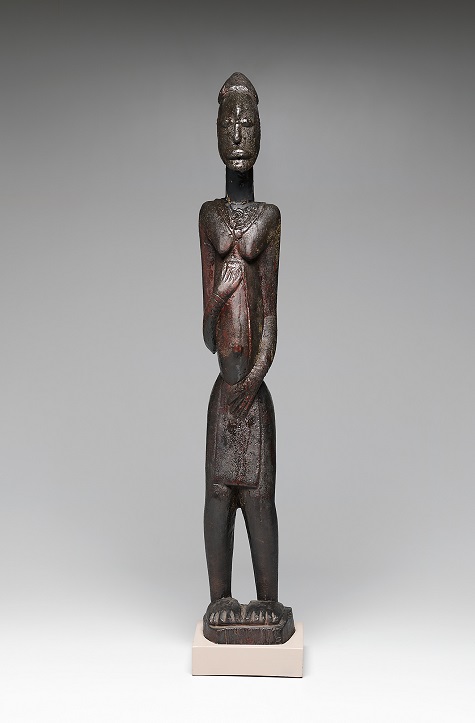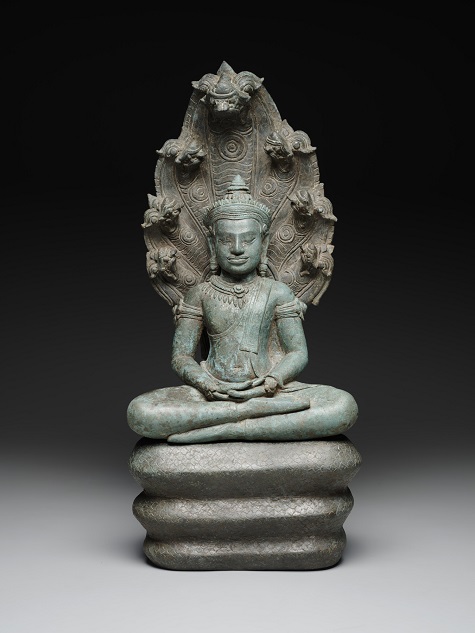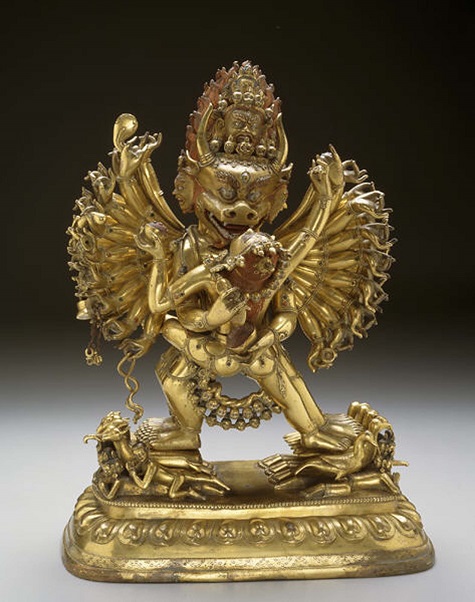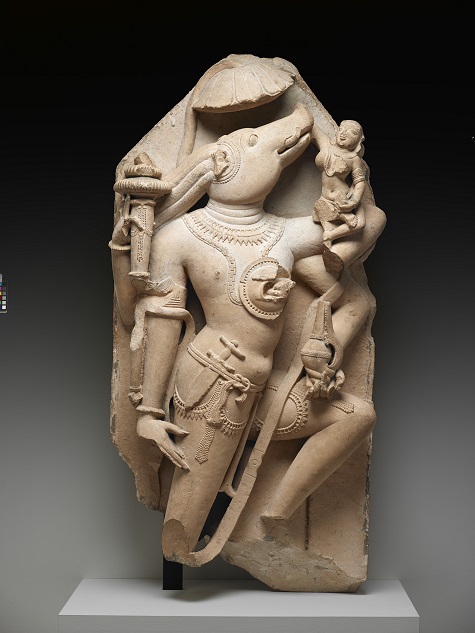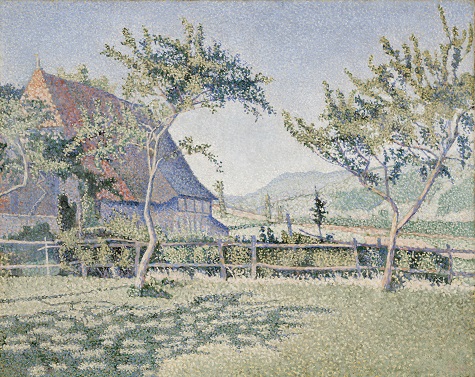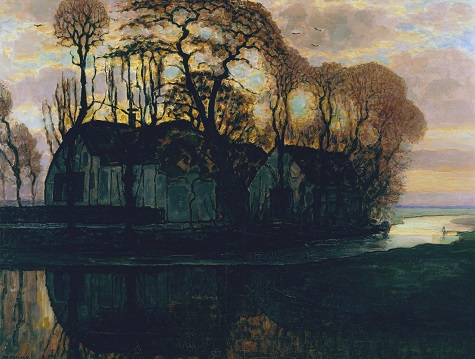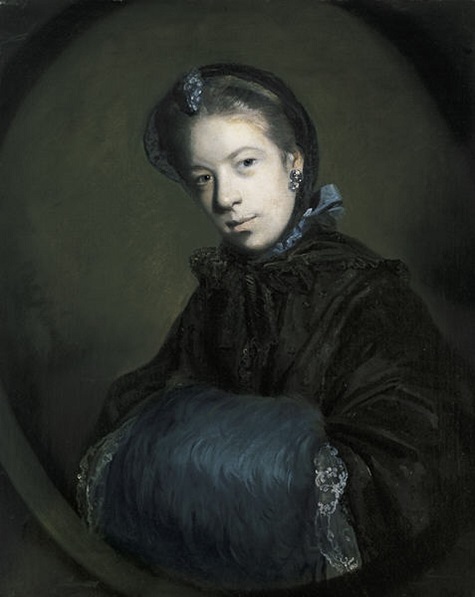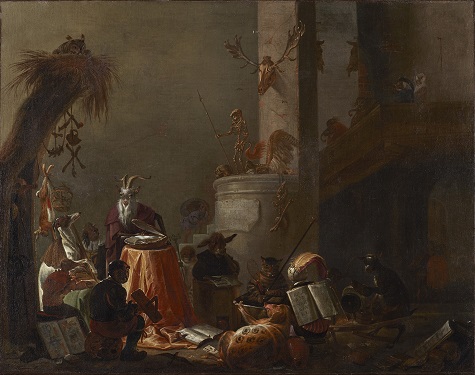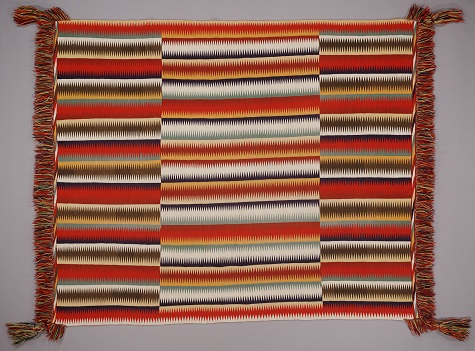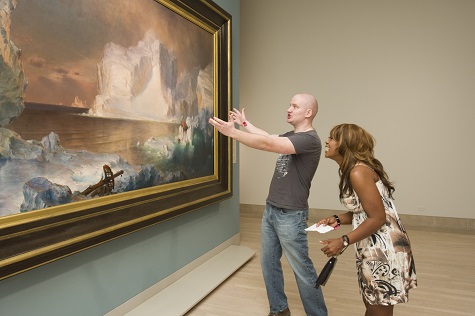Today is national Boss’s Day so we decided to look back on the legacy of one of the DMA’s former bosses, Jerry Bywaters.
Jerry Bywaters was the figurehead for the Dallas Nine, a group of artists from the 1930s who all focused on individual styles while working together to present unique aspects of the Texas landscape. Throughout his career, he was an art critic, professor, museum director, and, of course, a Texas artist. From 1943 to 1964, Bywaters served as Director of the Dallas Museum of Fine Arts, which would merge with the Dallas Museum for Contemporary Arts to create the DMA in 1963. He believed museums should be responsible for inspiring and cultivating art within the community, something that is still very important to the DMA today.
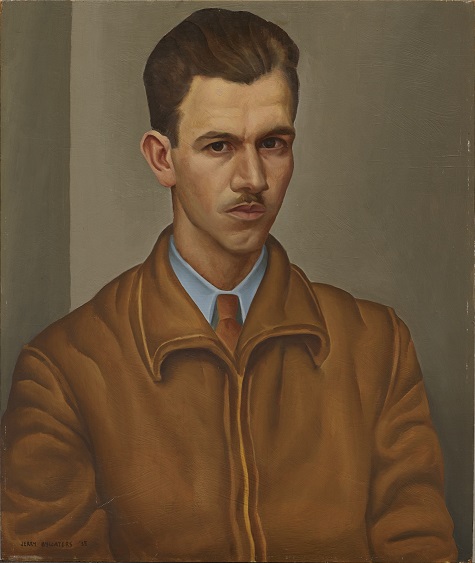
Jerry Bywaters, Self-Portrait, 1935, oil on Masonite, Dallas Museum of Art, gift of Mr. and Mrs. Duncan E. Boeckman in honor of Mrs. Eugene McDermott, 1990.5
The DMA is fortunate to have a number of his works in our collection, including his paintings Share Cropper (1937) and On the Ranch (1941). Celebrate one of the DMA’s bosses with a visit to Level 4 to view Bywaters’, and his contemporaries’, work.
Kimberly Daniell is the Senior Manager of Communications, Public Affairs, and Social Media Strategy at the DMA.
- Jerry Bywaters, “Share Cropper,” 1937, oil on Masonite, Dallas Museum of Art, Allied Arts Civic Prize, Eighth Annual Dallas Allied Arts Exhibition, 1937, 1937.1
- Jerry Bywaters, “Ranch Hand and Pony,” 1945, lithograph, Dallas Museum of Art, gift of Mr. and Mrs. Phil Schepps, 1984.215
- Jerry Bywaters, “Rainy Day in the Plains,” 1940, gouache and pastel on board, Dallas Museum of Art, The Barrett Collection, Dallas, Texas, 2007.15.9
- Jerry Bywaters, “On the Ranch,” 1941, oil and tempera on Masonite, Dallas Museum of Art, Dealey Prize, Thirteenth Annual Dallas Allied Arts Exhibition, 1942, 1942.4
- Jerry Bywaters, “Election Day in Balmorhea,” 1938, lithograph, Dallas Museum of Art, gift of Violet Hayden Dowell from Lone Star Printmakers, First Circuit of Lithographs by Texas Artists, 1960.23
- Jerry Bywaters, “David Williams,” 1932, oil on canvas, Dallas Museum of Art, Kiest Fund Purchase Prize, Sixth Annual Allied Arts Exhibition of Dallas County, 1933, 1933.3
- Jerry Bywaters, “Christmas Mountains,” by 1939, pastel on board, Dallas Museum of Art, Titche-Goettinger Company and Art Education Club Prize, Tenth Annual Dallas Allied Arts Exhibition, 1939, 1939.6
- Jerry Bywaters, “Untitled (portrait of Martha Wolcott),” 1920, oil on canvas, Dallas Museum of Art, gift of the Estate of Jerry Bywaters, 1989.170

